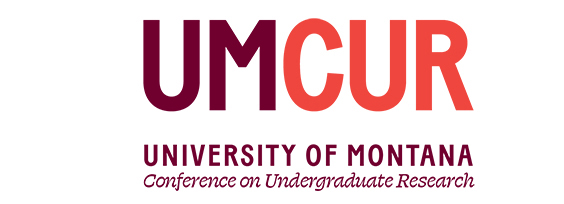Project Type
Poster
Faculty Mentor’s Full Name
Meredith Zettlemoyer
Faculty Mentor’s Department
Division of Biological Sciences
Abstract / Artist's Statement
As our planet undergoes unprecedented climatic shifts, we are beginning to see profound impacts on ecological processes. For example, in western Montana, we expect warming temperatures, altered precipitation, and increasing drought. Both warmer and drier conditions can affect phenology, or the timing of biological events (e.g., flowering). Indeed, earlier flowering is a well-documented consequence of warming temperatures. However, evidence for phenological shifts in response to changing precipitation remains scarce. Using a 29-year dataset on flowering time in a wildflower community on Mt. Jumbo, Missoula, MT, we examined the impacts of warming temperatures and drought conditions on flowering time in species that bloom earlier vs. later in the spring. We sorted 73 wildflower species into early-, mid-, and late-bloomers. We estimated changes in recorded date of first flower in response to growing season temperature (℃) and precipitation (mm). While each group flowers earlier in response to warmer growing season temperatures, the late-bloomers show the steepest response. Additionally, the late-bloomers (but not early- or mid-bloomers) flower earlier when growing season conditions are drier. These results indicate that late-bloomers may advance their flowering time as way to avoid the drier conditions of late summer. This research helps further our limited understanding of flowering responses to drought, which potentially affects plant population health. Our results may serve as a foundation for conservationists, policymakers, and land managers looking to make more informed decisions about managing wildflower communities’ resilience to drought.
Category
Life Sciences
Drought-defying blooms: Mt. Jumbo wildflowers accelerate flowering in response to climate change
UC South Ballroom
As our planet undergoes unprecedented climatic shifts, we are beginning to see profound impacts on ecological processes. For example, in western Montana, we expect warming temperatures, altered precipitation, and increasing drought. Both warmer and drier conditions can affect phenology, or the timing of biological events (e.g., flowering). Indeed, earlier flowering is a well-documented consequence of warming temperatures. However, evidence for phenological shifts in response to changing precipitation remains scarce. Using a 29-year dataset on flowering time in a wildflower community on Mt. Jumbo, Missoula, MT, we examined the impacts of warming temperatures and drought conditions on flowering time in species that bloom earlier vs. later in the spring. We sorted 73 wildflower species into early-, mid-, and late-bloomers. We estimated changes in recorded date of first flower in response to growing season temperature (℃) and precipitation (mm). While each group flowers earlier in response to warmer growing season temperatures, the late-bloomers show the steepest response. Additionally, the late-bloomers (but not early- or mid-bloomers) flower earlier when growing season conditions are drier. These results indicate that late-bloomers may advance their flowering time as way to avoid the drier conditions of late summer. This research helps further our limited understanding of flowering responses to drought, which potentially affects plant population health. Our results may serve as a foundation for conservationists, policymakers, and land managers looking to make more informed decisions about managing wildflower communities’ resilience to drought.
